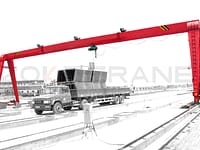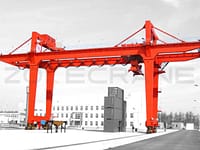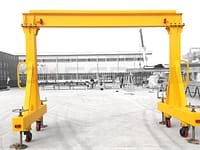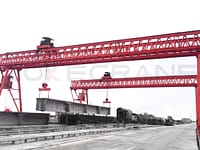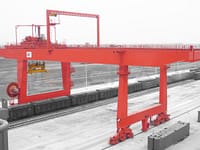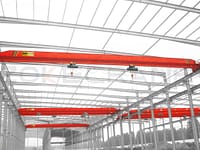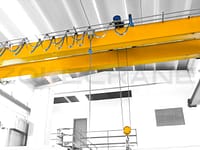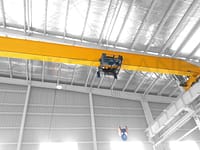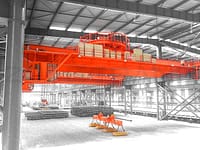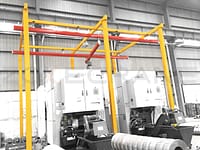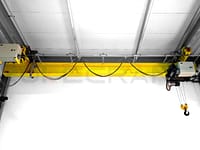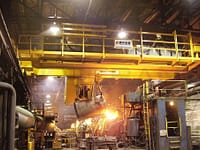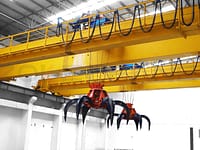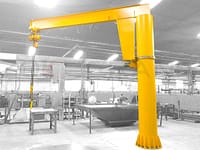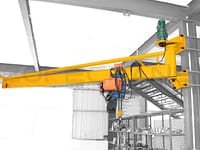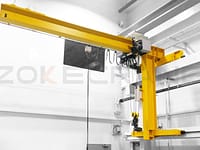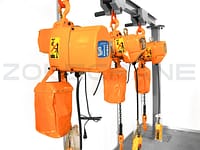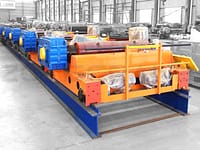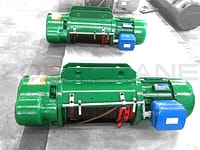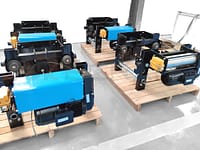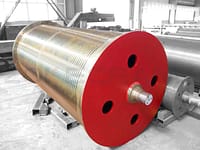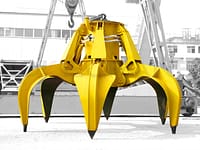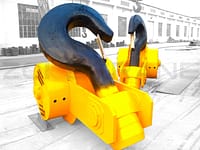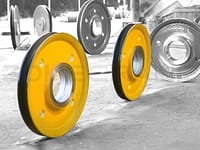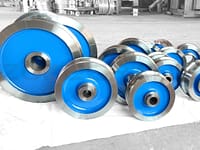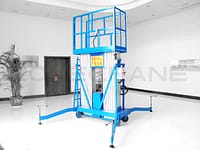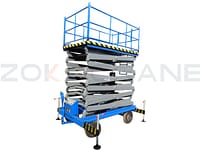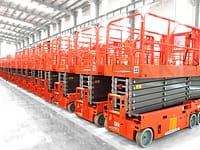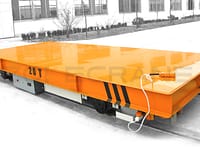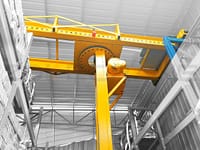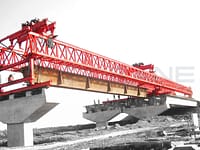A jib crane is a specialized type of crane that features a distinct structure designed for specific lifting and material handling purposes. With its unique configuration, a jib crane offers versatility, maneuverability, and efficiency in confined workspaces. Let's explore in detail the components and structure of a jib crane.

The primary components of a jib crane include the mast or vertical support, the jib arm or boom, the pivot point, the lifting mechanism, and the foundation or mounting system.
Mast or Vertical Support
The mast or vertical support forms the backbone of the jib crane. It is a robust, vertical structure that provides stability and supports the weight of the jib arm and the load. The mast is securely anchored to the ground or a structural framework, ensuring the crane's structural integrity.
Jib Arm or Boom
The jib arm, also known as the boom, is a horizontal beam that extends from the mast or support structure. It protrudes outward and is responsible for carrying the lifting mechanism and facilitating the horizontal movement of the load. The length of the jib arm can vary depending on the specific requirements of the application. It allows the crane to cover a designated area or radius, providing flexible and localized lifting operations.
Pivot Point
The pivot point is the axis around which the jib arm rotates. It is typically positioned at the top of the mast or support structure, enabling the jib crane to rotate horizontally. The pivot point allows the jib arm to swing in a 180-degree or full 360-degree arc, depending on the crane's design. The rotational movement enhances the crane's maneuverability and allows for precise positioning of the load.
Lifting Mechanism
The lifting mechanism of a jib crane is responsible for vertical movement, lifting, and lowering of the load. The specific lifting mechanism varies based on the crane's design, capacity, and intended application. Commonly used lifting mechanisms include electric hoists, chain hoists, wire rope hoists, or vacuum lifters. The lifting mechanism is mounted on the jib arm and can travel along its length, facilitating the handling of loads within the jib crane's operational range.
Foundation or Mounting
Jib cranes are mounted using various methods depending on the available space and specific requirements. They can be floor-mounted, wall-mounted, or column-mounted, with each option offering advantages in different scenarios. The foundation or mounting system ensures the stability of the jib crane and supports its weight and load capacities. It is crucial to have a strong and secure foundation to ensure safe and efficient crane operation.
The structure of a jib crane is purposefully designed to provide a compact and versatile lifting solution in confined work areas. Jib cranes are commonly found in workshops, manufacturing facilities, loading docks, construction sites, and other environments where localized material handling is required. Their ability to rotate and cover specific areas, along with their lifting capabilities, makes them valuable assets for improving efficiency and productivity in various industries.
